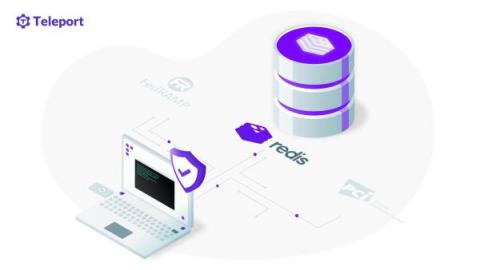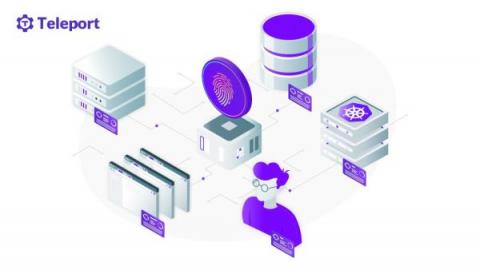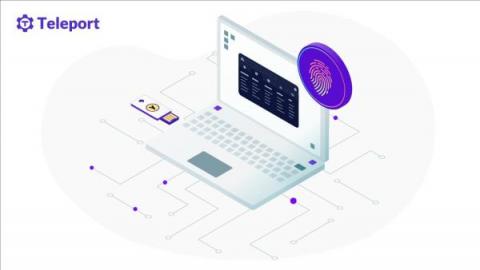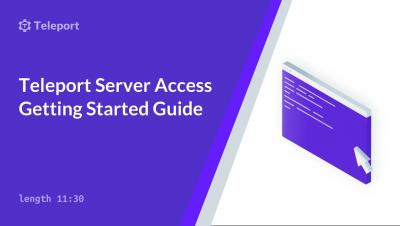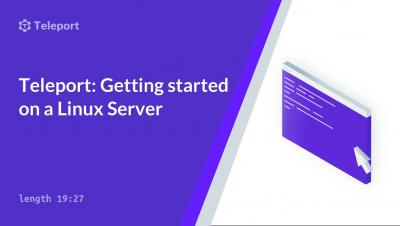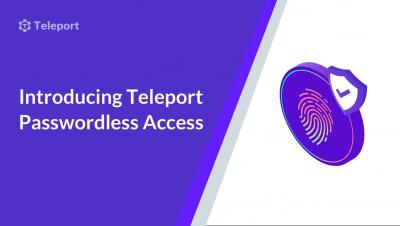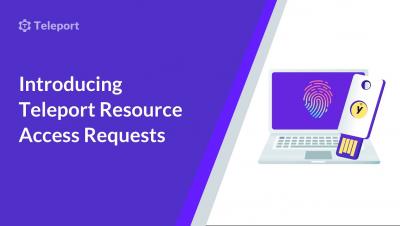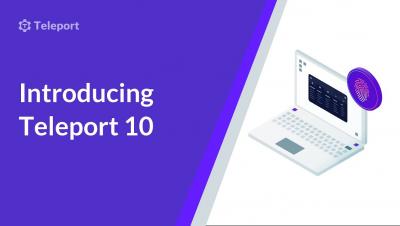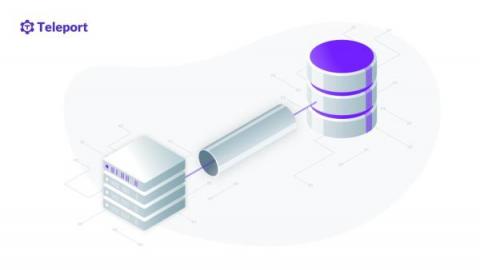How to Secure Redis
Redis is an in-memory data store that stores data in key-value pairs. It’s primarily used as a cache for quick data access, as a database, and as a message broker. Redis doesn’t have a default authentication setup in place exposing it to security vulnerabilities, which if exploited could potentially affect the infrastructure of the entire organization. These security vulnerabilities are what make securing your Redis database so important.


